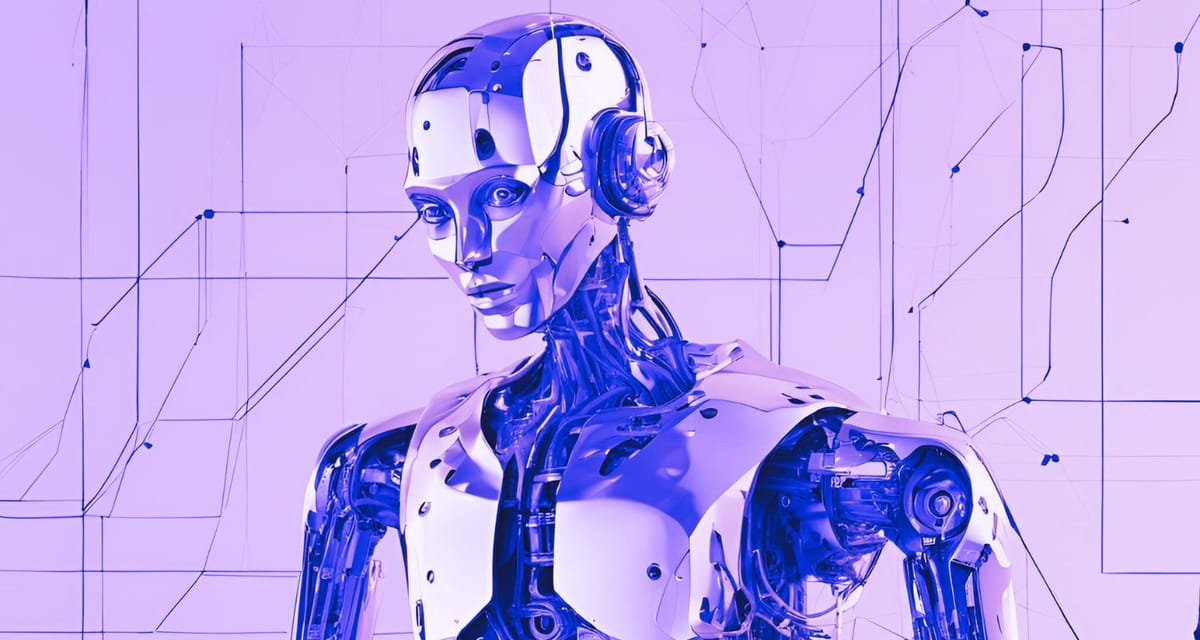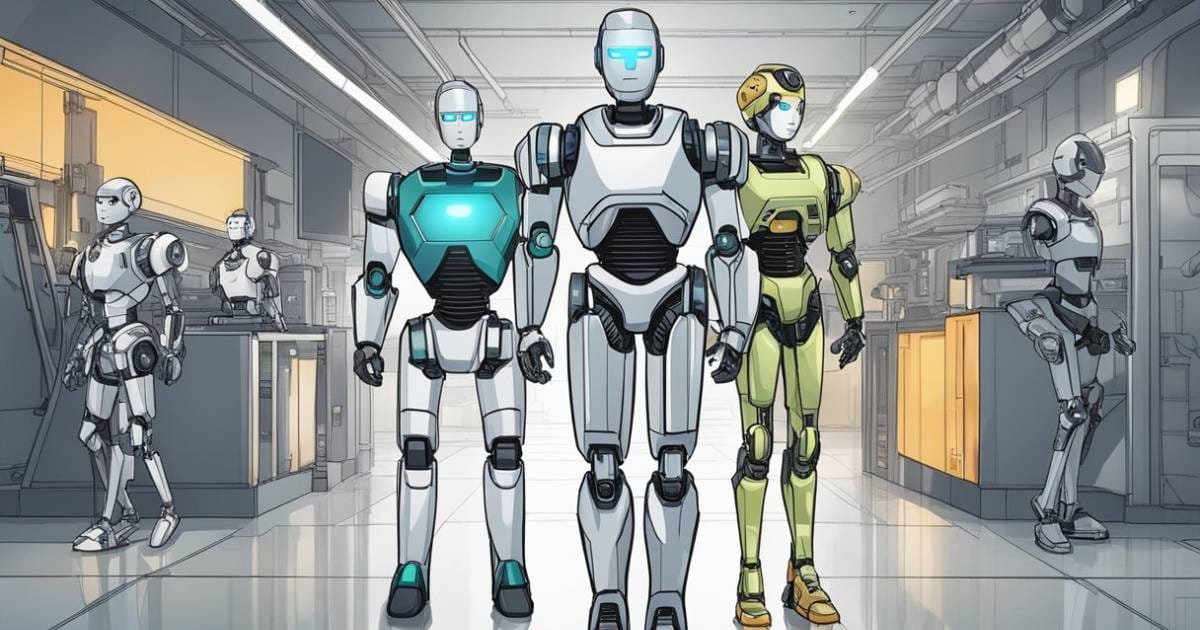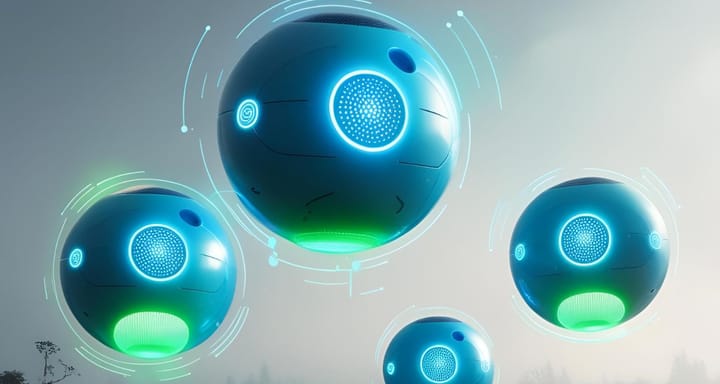Is 2025 the Year of Humanoid Robots?
Let's break down why the time is now for humanoid robots.

The signs are everywhere: Humanoid robots are no longer science fiction—they're a financial reality.
"I feel like we're at a really interesting inflection point that is going to make 2025 the year of autonomous hardware or robotics. If 2024 was the year of compute build-out and the rollout of AI systems in software, I think 2025 will be the year of the robot." — David Friedberg
The humanoid robotics race is heating up, and investors are throwing down serious cash to fuel the revolution. Figure, backed by OpenAI, is reportedly eyeing a $1.5 billion funding round, which would rocket its valuation past $39 billion.
Meanwhile, Apptronik has locked in $350 million from B Capital and Alphabet to advance its Apollo robot. Meta has launched a new robotics team, tapping former Cruise executive Marc Whitten to lead the charge.
Over at Apple, leaks suggest they’re quietly developing both humanoid and non-humanoid robots behind closed doors.
If 2023 and 2024 were the years of generative AI, 2025 is shaping up to be the year of AI-powered hardware—and humanoid robots are leading the charge.
Let's break down why:
Why Now? The AI Compute Boom Fuels the Robot Surge
For the past few years, AI has been stuck in software—chatbots, recommendation engines, and predictive models. But as AI models get smarter and hardware gets cheaper, companies are racing to bring intelligence into the physical world.

The same AI systems that power ChatGPT, Midjourney, and Gemini are now being adapted for robotic perception, movement, and decision-making. Some key artificial intelligence examples in robots include:
- Vision and Object Recognition: AI helps robots "see" and understand their surroundings, allowing for safer and more dynamic interactions.
- Natural Language Processing (NLP): ChatGPT-style models enable humanoid robots to communicate naturally with humans.
- Reinforcement Learning: Robots like Tesla’s Optimus and Figure 01 use AI-driven trial and error to learn tasks faster than ever.
- Autonomous Navigation: AI-powered robots can now walk, climb stairs, and even dance (looking at you, Boston Dynamics and Unitree).
The Business Case for Humanoid Robots
Why is so much money pouring into humanoid robotics right now? Simple: labor shortages, AI advancements, and declining hardware cost
The labor market is facing a serious gap. As of December 2024, there were 7.6 million job openings in the U.S., underscoring the ongoing struggle to find workers for essential roles. Industries such as manufacturing, logistics, and retail are particularly affected—sectors where humanoid robots could step in to fill the gaps.
At the same time, the global robotics market is experiencing rapid growth, with projections indicating it will reach $178.7 billion by 2033, up from $53.2 billion in 2024. This represents a compound annual growth rate (CAGR) of 16.35% during the period from 2025 to 2033. This surge is driven by technological advancements and increased demand for automation.
The cost of robotic hardware is also decreasing. The average price of an industrial robot has halved over the past decade, dropping from about $47,000 in 2011 to approximately $23,000 in 2022. Forecasts suggest that these costs will fall an additional 50% to 60% by 2025. This decline makes investing in humanoid robots more financially feasible for a broader range of industries.
In short, the stars are aligning: companies need workers, AI is getting smarter, and the cost of hardware is dropping. The stage is set for humanoid robots to go mainstream.
The Challenges Ahead
Of course, it’s not all smooth sailing. The biggest hurdles humanoid robots still face:
- Battery Life & Energy Efficiency: Most robots still struggle to operate for long periods without frequent recharges.
- Dexterity & Fine Motor Skills: While robots are great at broad movements, delicate tasks (like picking up fragile objects) remain a challenge.
- Human Acceptance: Will people trust humanoid robots in their homes and workplaces? The uncanny valley effect is real.
2025: The Year of the Robot?
With billions flowing into AI-powered robotics and some of the biggest tech giants—OpenAI, Apple, Meta, and Alphabet—jumping in, we might look back at 2025 as the year humanoid robots went mainstream.
Is the world ready? We’re about to find out.




